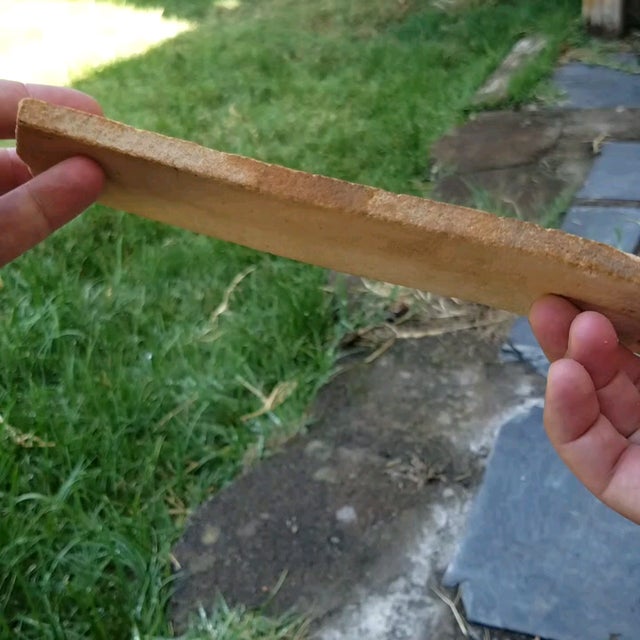Flexibility is not a trait usually associated with rocks, but there is one notable exception to the rule – itacolumite, a porous sandstone that becomes flexible when cut into thin strips.
Itacolumite is named after the place where it was originally discovered, the Pico do Itacolomi rock formation in Minas Gerais, Brazil, but it can also be found in other places around the world, such as Georgia and North Carolina in the US, and Kaliana village in India. This rock is commonly used as a construction stone; because of its good partition, it can be shaped into plates about 1 cm thick and up to 20 cm long that are then used mostly as a floor or wall revetment. However, when cut into thin strips of only a few centimeters, it displays extreme flexibility that has fascinated geologists for decades.








